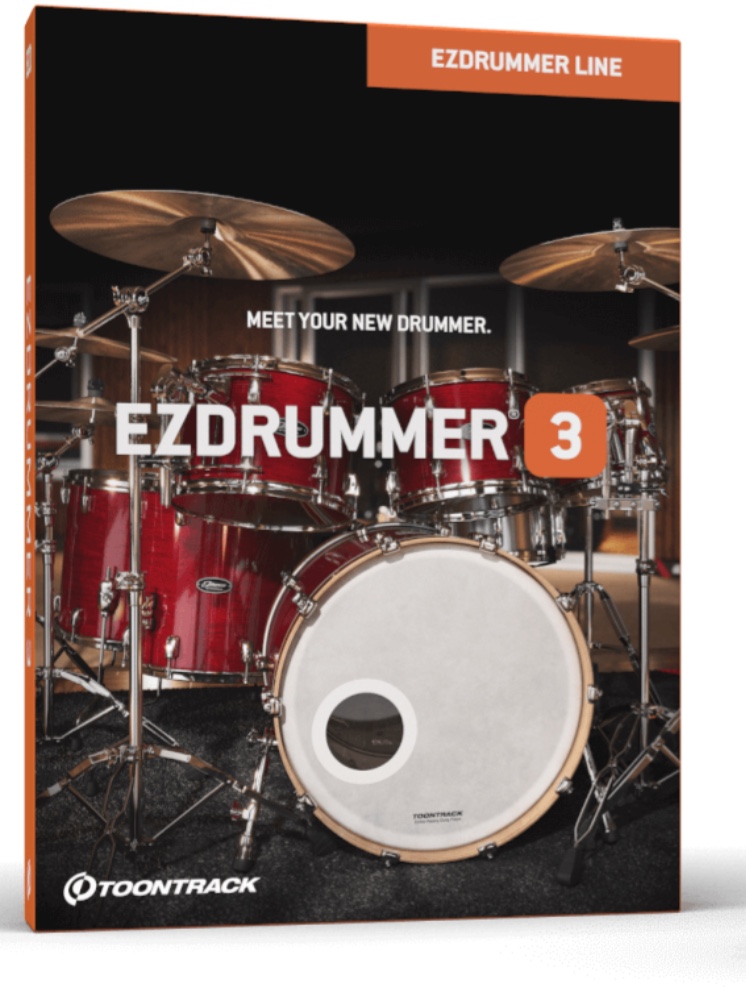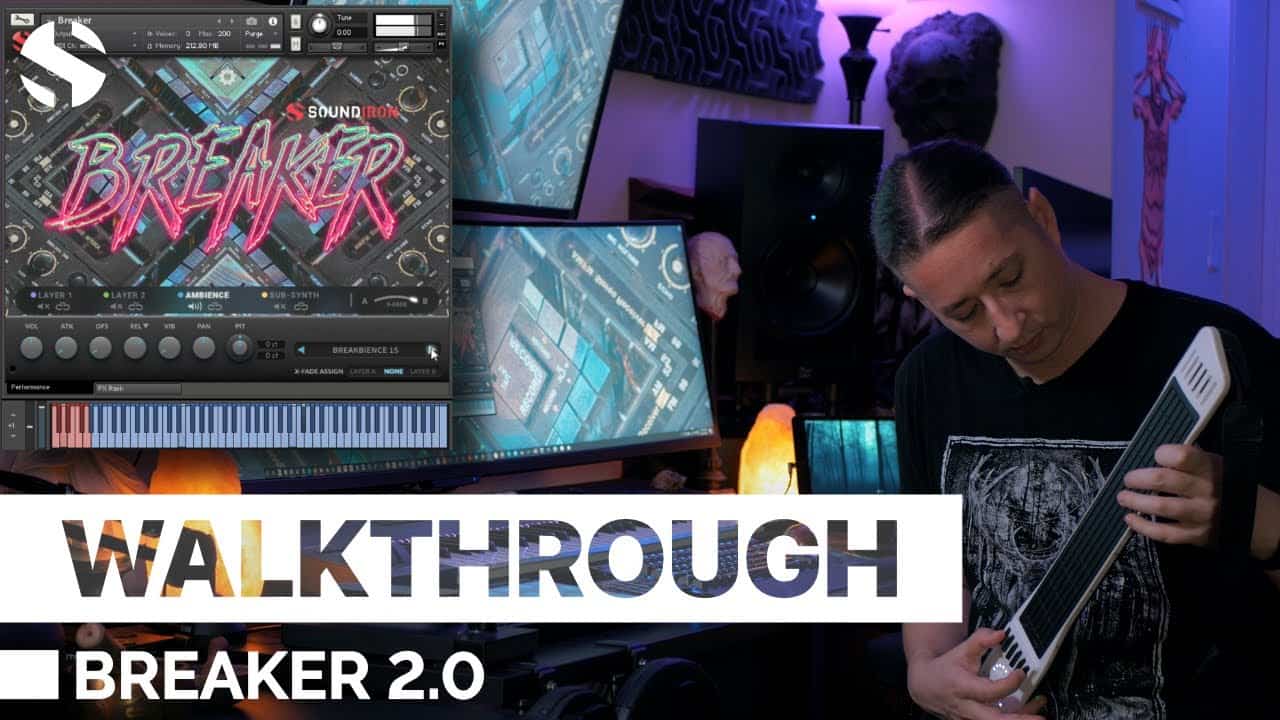Building a brand for your side hustle is essential to stand out in a crowded market. It shows your professionalism and commitment, boosting your credibility and perceived value. Start by identifying your unique selling points and crafting a distinct brand identity that resonates with your target audience. Don’t forget to leverage social media and storytelling to connect with customers. With the right strategies, you can drive loyalty and growth. Discover more strategies to enhance your brand’s impact.
Key Takeaways
- Define your unique selling points by analyzing market gaps and customer feedback to differentiate your side hustle from competitors.
- Craft a distinct brand identity by establishing core values, a mission statement, and a compelling brand story that resonates with your target audience.
- Develop a high-quality website that clearly communicates your value proposition and is mobile-friendly for an optimal user experience.
- Maintain consistent branding across all platforms, using cohesive visuals and messaging to enhance recognition and build trust with your audience.
- Leverage social media effectively by engaging users with diverse content and collaborating with influencers to boost brand visibility and growth.
The Importance of Branding for Your Side Hustle

Branding is crucial for your side hustle because it sets you apart in a crowded market. A strong brand signals professionalism and commitment to quality, giving you a competitive edge.
It tells your unique story, helping potential customers understand what makes you different from your competitors. By investing in your brand, you build credibility and show that you care about your reputation and customer service.
Your brand tells your unique story, distinguishing you from competitors and showcasing your commitment to quality and customer service.
This credibility boosts the perceived value of your offerings, allowing you to set higher prices. Additionally, a well-defined brand provides a solid foundation for scaling your business.
Ultimately, effective branding enhances market recognition, increases customer engagement, and paves the way for financial growth.
Take the time to develop your brand; it’s worth it.
Identifying Your Unique Selling Points

To stand out in a crowded market, you need to pinpoint your unique selling points.
Think about what makes your products or services better—whether it’s quality, price, or convenience. Additionally, consider leveraging co-working spaces to enhance your productivity and creativity as you develop your brand.
Key Benefits Analysis
Identifying your unique selling points (USPs) is crucial for standing out in a crowded market. Start by analyzing market gaps where current offerings fall short; this helps you shape a compelling USP.
Collect customer feedback to validate your ideas and discover what truly resonates with potential buyers. Don’t overlook competitor analysis; identifying their weaknesses can highlight your strengths.
Innovation is key—introducing products that specifically solve customer problems can set you apart.
Lastly, embrace brand storytelling; sharing your journey creates a connection with customers, making your brand more relatable. Additionally, exploring market trends can guide you in refining your USPs to align with current consumer interests.
Highlighting Differentiators
Once you’ve pinpointed your unique selling points, it’s time to highlight what sets your side hustle apart from the competition.
Focus on quality and craftsmanship—show potential customers how your products excel in this area. If sustainability is your strength, showcase your eco-friendly practices and materials. Additionally, prioritizing balanced nutrition can improve your overall business health and performance.
Don’t forget about innovation; share any new technologies or methods that elevate your offerings. Exceptional customer service can also be a key differentiator, so emphasize your commitment to supporting clients.
Lastly, identify unique features that competitors lack and make them a central part of your messaging. By clearly communicating these differentiators, you create a compelling narrative that resonates with your audience and positions your brand as the go-to choice in your niche. Additionally, consider incorporating insights from best lifestyle podcasts that discuss strategies for effective branding and marketing.
Driving Brand Loyalty
While establishing brand loyalty can be challenging, knowing your unique selling points can make all the difference. Start by delivering excellent customer service; timely support builds trust. Additionally, understanding your customers’ needs and preferences can guide you in tailoring your offerings, similar to how advance directives can guide medical decisions.
Personalize experiences to engage your customers—tailored interactions resonate more deeply. Implement loyalty programs to reward repeat purchases, and create a sense of community through social media engagement and local events.
Encourage user-generated content to enhance your brand’s credibility, and consider referral programs to turn satisfied customers into ambassadors. Additionally, align your brand with ethical values to strengthen relationships. Incorporating customer feedback mechanisms allows you to better understand and respond to your audience’s needs.
Crafting a Distinct Brand Identity

Crafting a distinct brand identity is crucial for your side hustle, as it sets the foundation for how your audience perceives you. Start by defining your core values and mission statement, ensuring they align with your target audience‘s expectations. This clarity guides your business decisions and builds trust. Philosophical exploration can also help you challenge conventional views that might limit your brand’s potential.
Understand your audience’s demographics and psychographics to tailor your messaging effectively. Share a compelling brand story that highlights your journey and the problem you solve, creating an emotional connection.
Develop a memorable visual identity with a striking logo, cohesive color palette, and consistent fonts. Finally, establish a brand voice that resonates with your market and maintains authenticity across all communication channels, reinforcing a cohesive brand experience. By leveraging effective storytelling, you can further engage your audience and differentiate your brand in a crowded market.
Developing a Comprehensive Marketing Strategy

A strong brand identity lays the groundwork for an effective marketing strategy that can elevate your side hustle.
Start by utilizing digital marketing channels like social media platforms to enhance visibility and engage with your audience. Implement SEO to boost your website’s organic traffic and consider email marketing to nurture customer relationships. It’s important to remember that smart shopping tactics can also be beneficial when promoting your products.
Utilize social media and SEO to boost visibility and engage your audience while nurturing relationships through email marketing.
Leverage influencer marketing and content marketing to reach broader audiences and provide value. Keep an eye on current trends, using platforms like TikTok and YouTube for video content.
Collaborate with influencers and network through social media to expand your reach. Additionally, consider using responsive layouts to ensure your website is adaptable to various devices, enhancing user experience.
Finally, measure your success by tracking engagement metrics and adapting your strategies based on data-driven insights, ensuring your marketing efforts remain effective and relevant.
Building a Strong Online Presence

To build a strong online presence, you need to focus on essential website elements that attract visitors and keep them engaged.
Integrating social media effectively can amplify your reach and drive traffic to your site.
Consistent branding across all platforms ensures your audience recognizes and connects with your side hustle.
Essential Website Elements
When building a strong online presence for your side hustle, incorporating essential website elements is crucial for attracting and retaining visitors.
Start with a responsive design to enhance user experience and capture mobile traffic. Clear navigation is key; it helps users find what they need quickly, reducing frustration and bounce rates.
Focus on high-quality content that provides value, establishes authority, and boosts your SEO. Don’t overlook security features; they protect your data and maintain user trust, which is vital for credibility.
Finally, ensure your homepage effectively communicates your value proposition, uses engaging visuals, and remains mobile-friendly.
Social Media Integration
Integrating social media into your side hustle can boost your online presence and engage your audience effectively.
Start by identifying your target audience‘s demographics and preferences to tailor your content. Choose the platforms where they’re most active to enhance engagement.
Develop a content strategy that aligns with their interests, ensuring you mix content types like videos and images to keep things fresh. Utilize engagement tools like polls and comments to interact with your followers and foster community.
Don’t forget to track performance metrics using analytics; this will help you refine your approach. Encourage user-generated content and consider partnerships with influencers to expand your reach.
With the right strategy, you’ll create a vibrant online presence that attracts and retains customers.
Consistent Branding Across Platforms
Creating a consistent brand across all platforms is essential for building a strong online presence that resonates with your audience. When you use brand guidelines effectively, you enhance recognition and trust, with 81% of consumers needing to trust a brand before making a purchase.
Consistent branding can boost your revenue by 10-20%, so don’t overlook the power of a signature color or a well-designed logo. Remember, 55% of first impressions are visual, so ensure your visuals reflect your brand story.
Regularly update your content to keep your brand top of mind and engage your audience. By maintaining uniform messaging, you’ll not only differentiate yourself from competitors but also cultivate lasting loyalty among customers.
Leveraging Social Media for Brand Growth

How can you effectively leverage social media to grow your brand? Start by identifying the platforms where your audience hangs out.
Facebook, with over 3 billion users, is perfect for reaching a broad demographic, while Instagram and TikTok excel in engaging younger audiences. Use video content, as 44% of users prefer it for learning about products.
Facebook’s vast user base spans diverse demographics, while Instagram and TikTok are ideal for connecting with younger audiences through engaging video content.
Collaborate with nano-influencers on these platforms to tap into their high engagement rates. Don’t forget LinkedIn if you’re in the B2B sector; 65% of marketers swear by it.
Regularly post user-generated content to boost authenticity and engagement. Lastly, keep an eye on your ad spend—global social media advertising is projected to skyrocket, making it a worthwhile investment for brand growth.
Utilizing Brand Storytelling to Connect With Customers

What makes a brand story truly resonate with customers? A compelling narrative with a clear beginning, middle, and end engages your audience effectively.
Sharing your side hustle’s origin story helps create a memorable connection. Emotional resonance is key; stories that evoke feelings foster lasting relationships. Authenticity matters too—your story should reflect your brand’s values to build trust.
To make your story relatable, understand your target audience by creating buyer personas and conducting surveys. Align your narrative with their values for maximum impact.
Integrate your brand story into your website and email campaigns, enhancing engagement through visuals and customer testimonials. Consistency across platforms reinforces your message, ensuring customers remember and connect with your brand.
Tools and Resources for Effective Branding

While building a brand for your side hustle, leveraging the right tools and resources can make all the difference in establishing a strong identity.
Start with Canva for visual branding; its drag-and-drop interface and vast library of free images help create stunning graphics.
Utilize Google Trends and Pinterest Trends for market research, uncovering what’s popular and relevant in your niche.
For managing projects efficiently, tools like Trello and Asana can keep your tasks organized.
Don’t forget about digital marketing software like HubSpot to optimize your outreach.
Finally, build a professional website with tools like Beaver Builder or Elementor to enhance your online presence.
These resources will elevate your brand and streamline your efforts.
Frequently Asked Questions
How Long Does It Take to Build a Recognizable Brand?
Building a recognizable brand takes time and consistent effort. You can expect the initial setup to take a few weeks to months.
Engaging your audience and creating valuable content is an ongoing process that may span several months to a year. Achieving strong brand recognition typically requires years of dedicated marketing and interaction.
What Common Mistakes Should I Avoid in Branding?
Branding’s like sailing a ship; without a clear direction, you could drift aimlessly.
To steer clear of common mistakes, start by defining your mission and values. Keep your messaging and visual elements consistent, so customers know what to expect.
Don’t ignore your audience or competitors—understand them.
Lastly, be open to change; adapt your brand as trends evolve.
Avoiding these pitfalls will keep your brand strong and memorable.
How Often Should I Refresh My Brand Identity?
You should refresh your brand identity every 5-10 years or when significant changes occur in your industry.
If you notice stagnant growth or poor conversion rates, it might be time for an update.
Keep an eye on your competitors and shifts in consumer behavior; these can signal the need for a refresh.
Always ensure these changes align with your brand’s core message and values to maintain consistency and trust with your audience.
Can I Rebrand My Side Hustle Later if Needed?
Absolutely, you can rebrand later if needed.
As your business evolves, so might your audience and goals. Rebranding allows you to adjust your identity to better connect with customers.
Just ensure you conduct thorough market research and maintain consistency during the transition.
Timing’s essential too, so align your rebranding efforts with your business objectives.
What Budget Should I Allocate for Branding Efforts?
When it comes to branding efforts, you should consider allocating about 5-6% of your total revenue. This budget will cover reputation management and content creation.
If you’re in a growth stage, you might want to increase that to 10-20%.
Focus on digital channels if your audience is online, and track the performance of your spending to adjust as needed.
Flexibility in your budget is key to optimizing your branding strategy.
Conclusion
In conclusion, building a brand for your side hustle isn’t just important; it’s essential for standing out in today’s marketplace. By identifying your unique selling points and crafting a compelling brand identity, you’ll connect more deeply with your audience. So, what steps will you take today to elevate your brand? Remember, every great brand started as a side hustle—yours could be next! Embrace the journey and watch your passion flourish.










